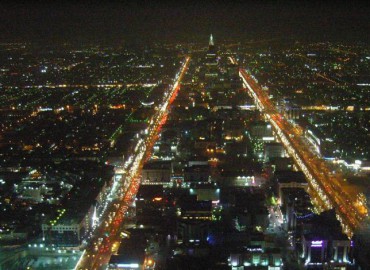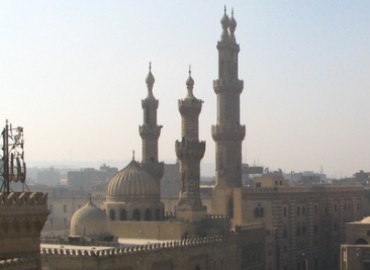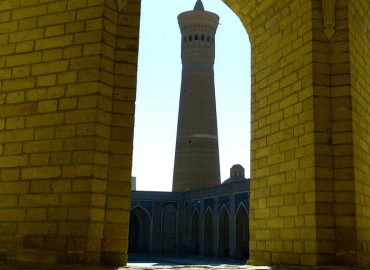
Commentary by RHB Global Sukuk Markets Research, Kuala Lumpur, Malaysia
Modest uplift for four straight weeks.
Article Overview
The Bloomberg Malaysia Sukuk Ex-MYR Total Return (BMSXMTR) index continues to ascend 0.08% on income accumulation to 102.22 from +0.25%, 101.96 a week earlier. Correspondingly, the Dow Jones Sukuk Total Return (DJSUKTXR) index added 0.19% w-o-w to 155.26 from 154.96 while weighted average yield declined 5.5bps w-o-w to close at 2.27%. There appeared to be an inclination towards safe haven sovereign credits, with names such as IDB Trust Services 19 (Aaa;Sta/NR/AAA), Saudi Electricity Global Sukuk Co 24 (A-;Sta/AA-/AA-) and Hong Kong Sukuk 2014 Ltd 19-20 (Aa1/AAA/NR)(+USD40.68m in market capitalization).
CDS suffered another bruising session for Bahrain and Malaysia.
Credit protection costs for Bahrain and Malaysia rose by between 13.6bps-18.5bps w-o-w, closing at 341.9 and 231.6. The increase or Bahrain was probably due to Fitch’s comment of its double-digit deficits this year, high fiscal breakeven oil prices of USD123/bbl and absence of sizeable reserves. Malaysia’s CDS continued to reach a new high (+118bps since May-15) on the back of negative news publicity in the country despite sound economic fundamentals and public finances. On the other hand, risk premiums for Saudi Arabia, Abu Dhabi, Turkey and Indonesia hit its weakest points this year as it edged up to 135.7, 80.6, 327.3 and 280.0 early this week and thereafter stabilized at 124.3, 77.5, 312.4, 264.6 respectively- pressured on the release of weak August Chinese industrial profit on Monday of -8.8% vs. -2.9% in July.
GCC banks’s exposure to oil sector could drag profitability and liquidity.
80% of GCC government’s revenue are formed by receipts from the oil sector; hence, we expect lower oil to ease deposit growth as can be seen in 2Q15 where it grew by 7.1% vs. 9.8% in 2014 through declining government-related deposits (which formed c.12%-35% of total bank deposits). Nonetheless, we expect loan growth to be higher in 2015 (2Q15: 9.2% vs. 2014: 8.4%), as the Government needs to plug their spending gap in view of lower revenue via borrowings. This will cushion the impact from the fall in private sector investment, in our opinion. Against this backdrop, our expectations are that most GCC banks’ liquidity and profitability will remain resilient in the near term, supported by a ealthy retail deposits (at c.75% of deposits on average) and decent NIM at 4.20% (vs. 2014 of 2.95%) and profit margins (2Q15: 43.3% vs. 2Q14: 40.4%). Furthermore, the market takes comfort that government support will be forthcoming when needed as evidenced in 2008. This situation is particular pertinent in Saudi Arabia, UAE, Kuwait and Qatar given its presence of sizeable reserves.








